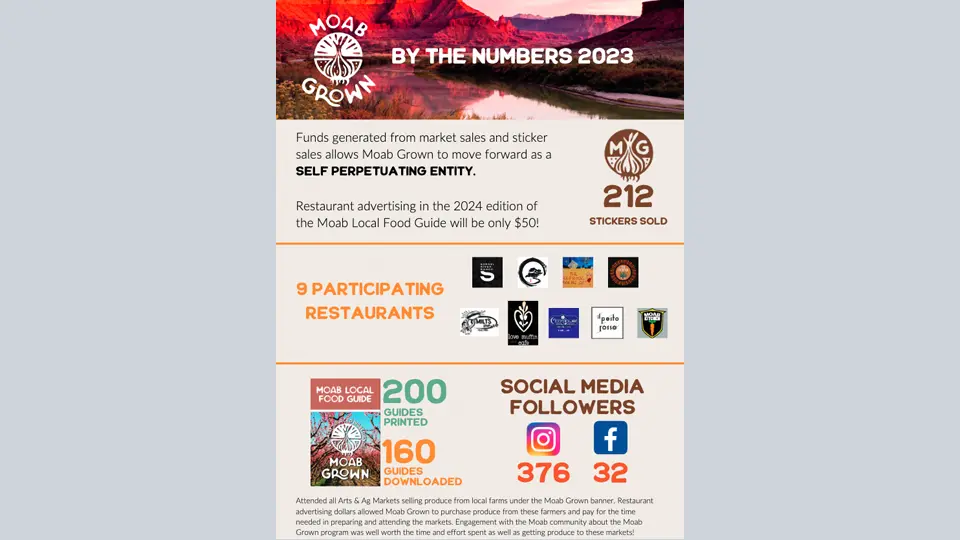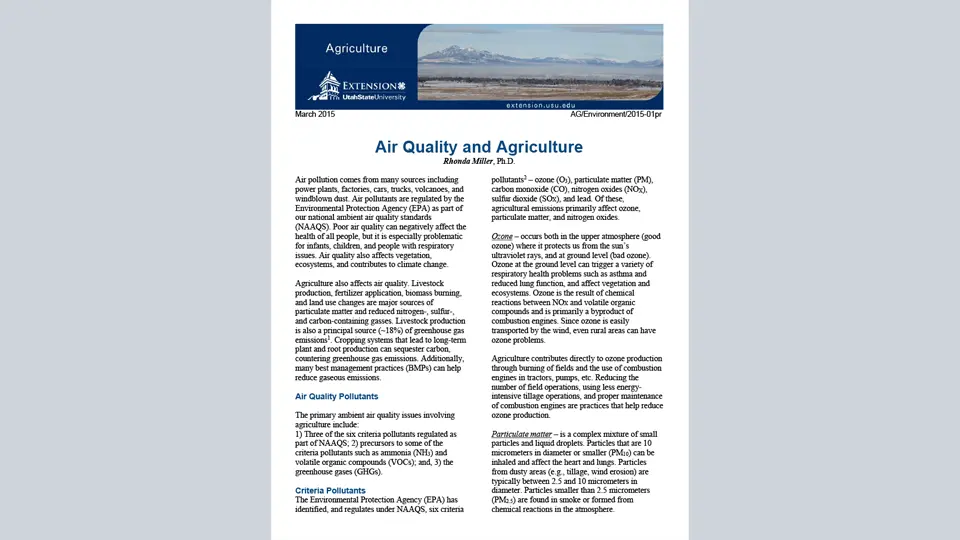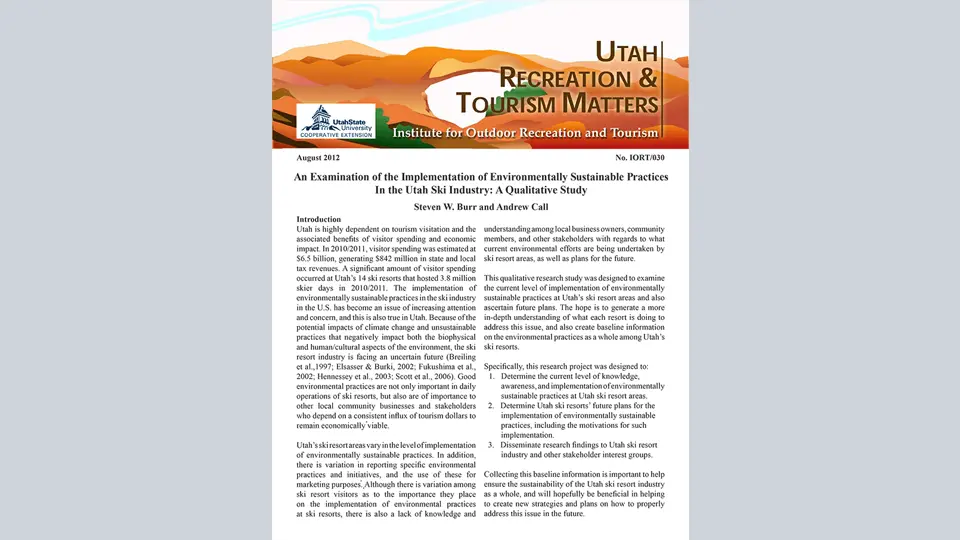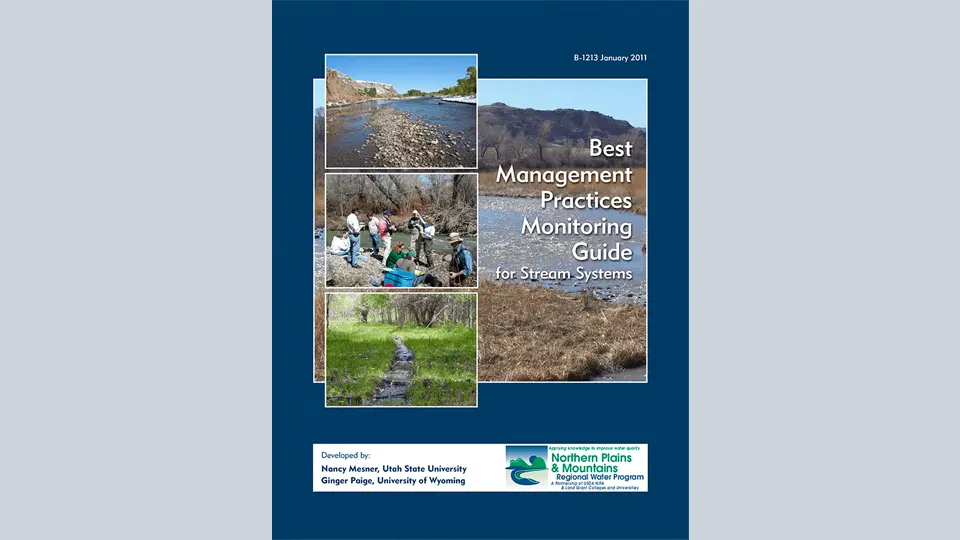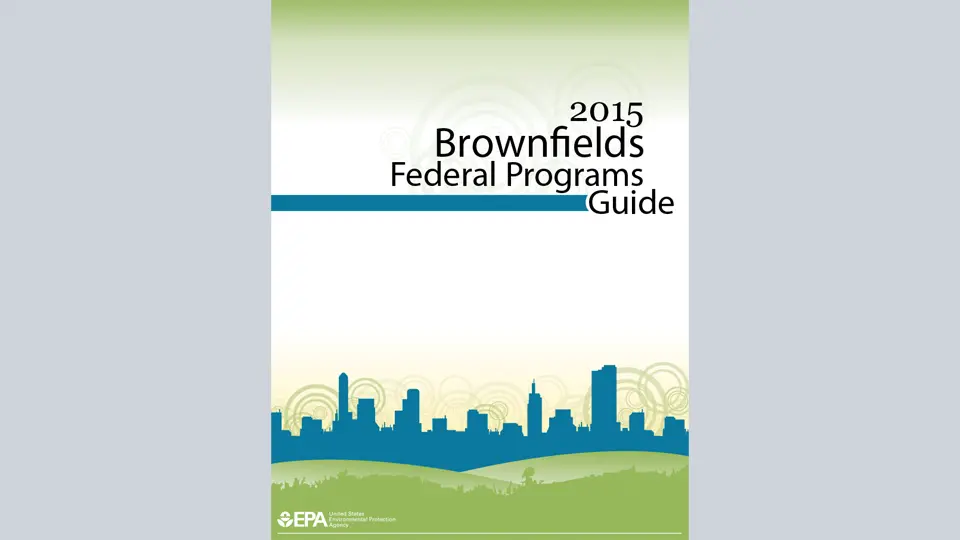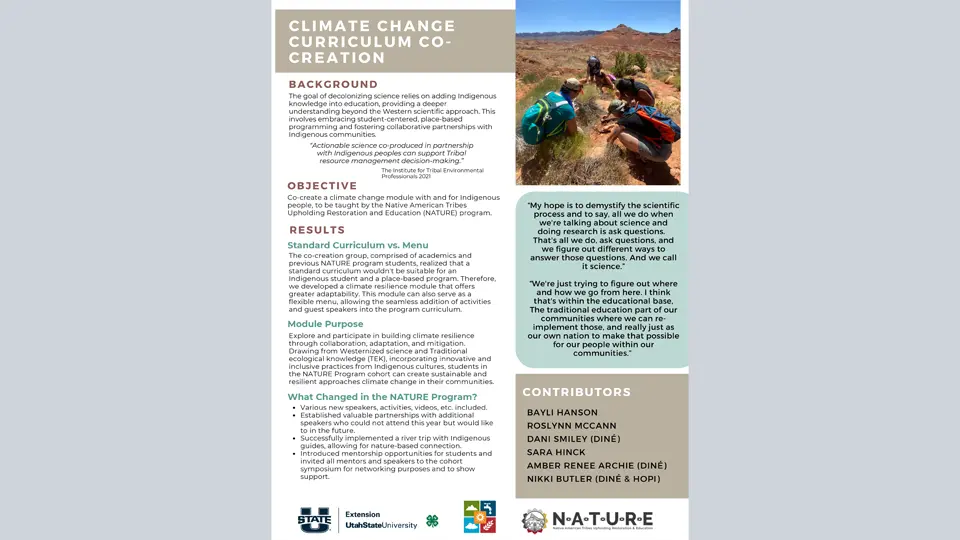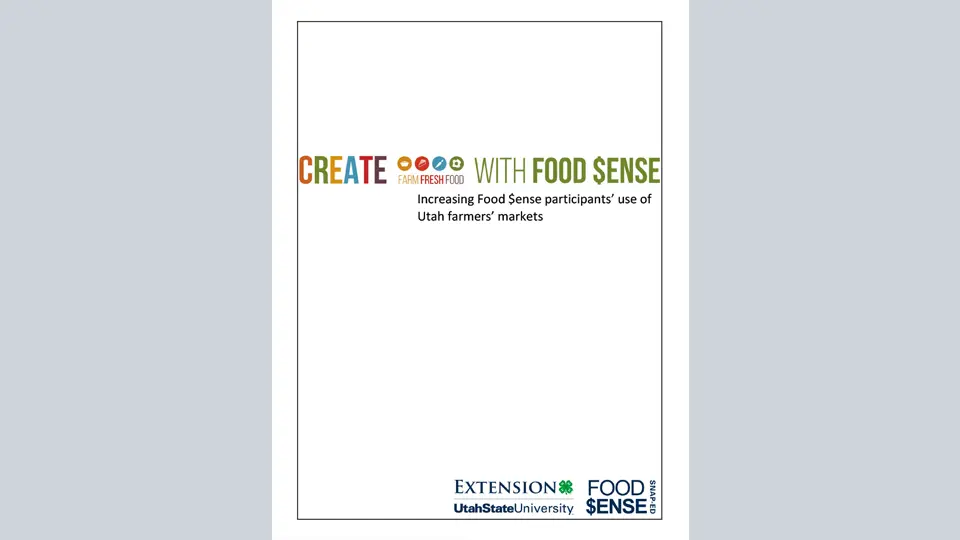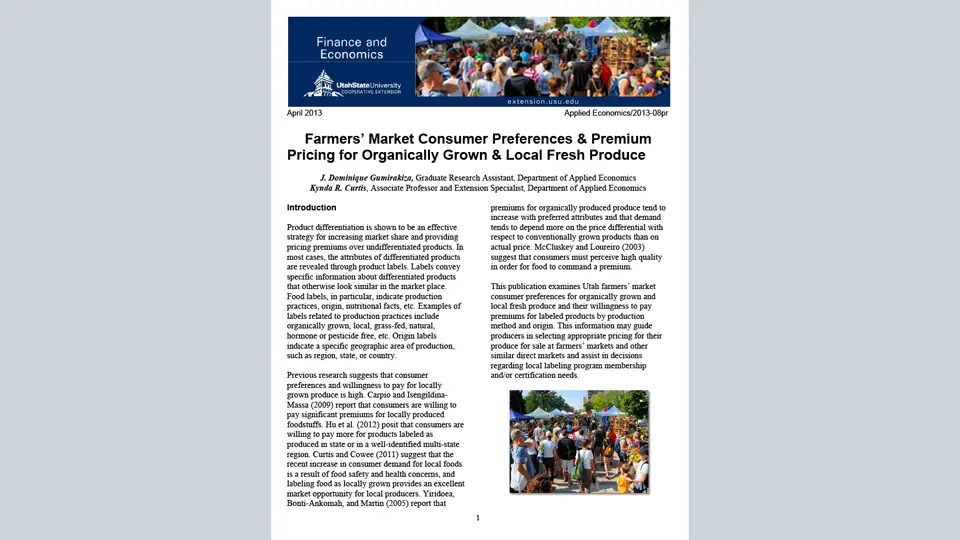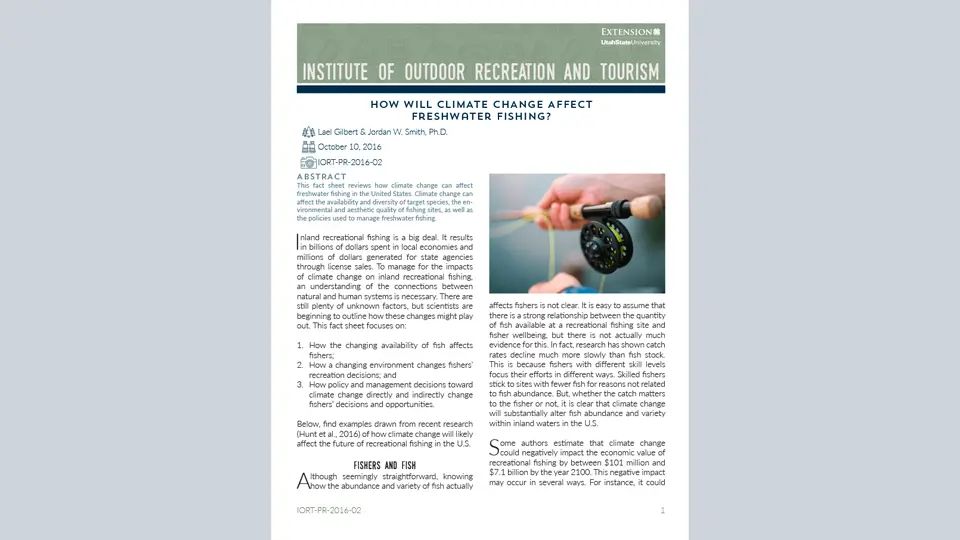Business Sustainability: Moving from Thought to Action

Sustainability is a trending word in today’s business culture. But what does being a sustainable business mean? Why would you want to be a sustainable business? And how do you do it? These are some of the questions that will be answered in this Extension Fact Sheet, created using McKenzie-Mohr’s (2011) Community-Based Social Marketing framework. Businesses can use this Fact Sheet to understand how to achieve a variety of sustainability goals in the workplace. This brief guide will help your businesses develop a sustainability goal, understand the behavior changes necessary to meet your goal, provide successful techniques to achieve those behavior changes, and outline the implementation of a successful plan to reach your goal.
What is a Sustainable Business?
A sustainable business is aware of its environmental impact and takes the initiative to reduce it. By taking actions to be sustainable, these businesses reduce their resource usage, reap significant financial savings, while also showing their customers that they value the well-being of their communities. Sustainability goals can vary greatly, but broad goals include:
- Increasing energy efficiency
- Diverting waste from the landfill
- Improving water efficiency
- Purchasing from sustainable suppliers
- Installing or purchasing renewable electricity
- Supporting commuting via biking, walking, mass transit, and carpooling
Why Pursue Sustainability in Your Business?
The Market: A 2012 MIT Sloan Management Review Study found that 70% of companies have placed sustainability permanently on their management agenda, and two-thirds of the respondents (executives and managers from around the world) said sustainability was necessary to be competitive in today’s marketplace (Haanaes et al., 2012).
The Customers: Businesses with sustainable practices have a marketing edge over their competition. According to a 2015 Corporate Social Responsibility Study, Americans feel that when a company supports social or environmental issues, they have a more positive image (91%), more trust (87%), and more loyalty (87%) toward that business (Cone Communications & Ebiquity, 2015)
The Savings: Resource savings and reductions in waste production lead to economic savings.
Develop & Implement Sustainability Goals: Six Steps
Step 1: Create A SMART Sustainability Goal & Select Behavior(s)
SMART goals are Specific, Measurable, Achievable, Realistic, and Timely. Once you have a goal, select one or more behaviors that will need to be adopted to help acheive that goal.
Unsure where to start? Look to see if your community or industry has a Green Business Program. Reach out to sustainability coordinators at other organizations. Or, look online to see the sustainability efforts similar businesses are making. Talking with others and doing preliminary research may provide insight into the types of changes you could bring to your business in addition to helping gain community recognition for your efforts.
Example:
Goal: Divert 50% of our waste from the landfill by 2025.
Behavior: Correct recycling habits through educational outreach and improved recycling bins (with obvious signage, consistent placement, attractive color and design).

Step 2: Make the Selected Behavior the More Attractive Option
To reach your goal, you must decrease the perceived barriers and increase the benefits of engaging in the behavior you want to encourage. Do the opposite for the behavior you want to discourage by increasing the perceived barriers and decreasing the benefits. Identifying these components will help make the behavior you want to adopt the more attractive option.
Follow these steps to identify the barriers and benefits relevant to your goal:
Identify Behaviors: The behavior to encourage was selected in Step 1. The behavior to discourage is what people are currently engaged in that inhibits success in reaching your goal.
Research: Review relevant reports and academic articles to understand existing findings. Conduct surveys, focus groups, or observations in your workplace to learn local benefits and barriers.
Brainstorm: Based on your research, why would employees/customers engage in the behavior you want to encourage? Why wouldn’t they? Ask the same questions for the behavior you want to discourage.
Barriers and Benefits: Using the example above, fill in the chart with your goal and the behaviors that you need to encourage and discourage.
Check: Collaborate with individuals in your organization to see if there are additional perceived barriers and benefits to either behavior.
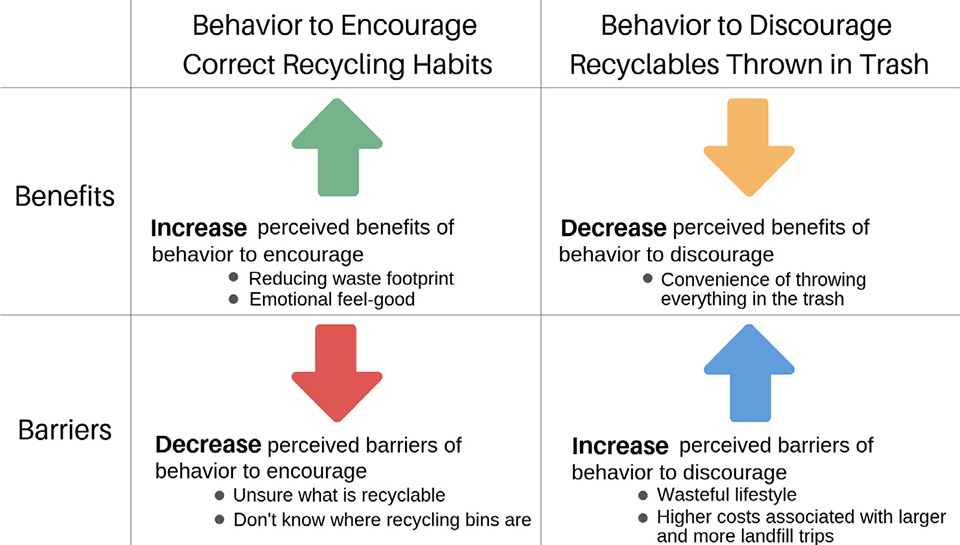
Step 3: Develop Your Strategy
Use the following techniques by McKenzie-Mohr (2011) to address the barriers and benefits outlined in Step 2 and foster sustained behavior change in line with your goal:
Commitments: Have your employees/customers fill out commitment cards or pledges to engage in the behavior. Commitments that are written and then publicly displayed are usually more effective in helping individuals meet their goal than those that are only given verbally.
Social Norms: Make the behavior a social norm within your business. Identify “champions” or “early adopters” within your organization who can help build momentum and popularize the behavior. To help portray the behavior as a social norm, for example, your company could conduct a recycling survey or search for literature on recycling behavior then place signs throughout your building stating that “__% of employees recycle, do you?” Be careful not to accidentally establish the opposite behavior you intend to by publicizing how common the undesired behavior is. Although useful for grant funding or reporting, that information is not generally effective in changing behavior as people tend to “follow the herd.”
Prompts: Remind employees to engage in the behavior to help break old habits. Proximity is a major factor for effectiveness of prompts. These prompts should be placed where the behavior takes place. Example: if the behavior to encourage is correct recycling habits, a sign on or above a waste receptacle is best. Additionally, these prompts should be easily noticeable, appealing, self-explanatory, and encourage the employees to engage in a positive behavior. An example of a positive behavior prompt would be a sign saying “Recycle your newspaper” as opposed to a negative “Don’t put your newspaper in the trash.”
Convenience: Make it easy to engage in the behavior by decreasing the barriers identified in Step 2.
Factors for Adoption: There are six factors that can increase the likelihood that a behavior is adopted within a community according to Rogers’ (1995) famous Diffusion of Innovations work (see the diagram below). Apply these factors to assist in the adoption of the behavior you want to encourage in your workplace.
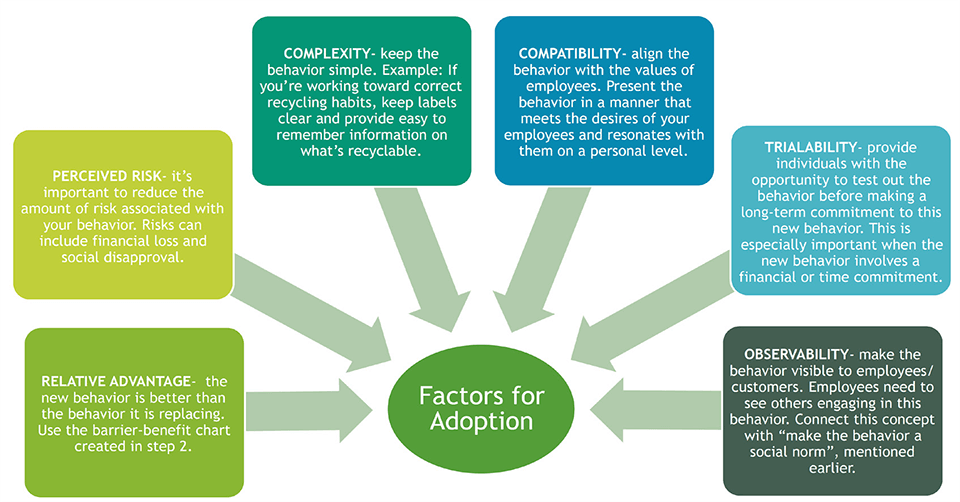
Step 4: Design Your Plan
Write out the specific tasks needed to accomplish your SMART goal. Consider all the means necessary to execute your program from materials to people.
- Use the Barrier-Benefit chart from Step 2 to help identify tasks
- Include the techniques in Step 3 in your task list
- Assign tasks to employees
- Set deadlines
- Hold one another accountable
Step 5: Collect Baseline Data
Before implementing your plan, collect baseline data to measure and determine the effectiveness of your efforts. Tracking your changes will help you accumulate information on financial savings, employee knowledge and growth, reduction in waste production, decline in energy usage, etc. This information could also be used to promote the program. Record the methods used for collecting the data to maintain consistency.
Step 6: Take the Leap and Put Your Plan into Action
Start implementation with a pilot project to test your plan.
Develop: Determine the scale and duration of the pilot. How long does the pilot need to be to see results? Use the plan developed in Step 4.
Execute: Follow the plan. If you notice tasks that need to be completed are missing, be sure to include those in a revised plan to ensure they are accounted for when the pilot is expanded.
Evaluate: Using the same method that was used to collect the data in Step 5, collect the data again and compare your findings. Use the data to identify strengths and weaknesses in the pilot and make changes accordingly. Collect feedback from employees/customers on how the pilot went. Use a survey or a focus group to determine what went well and what could be improved. Use this information to redevelop the plan.
Repeat the process of developing, executing, and evaluating your plan until you’re confident with the program.
Then expand. Gradually expanding the program will help ensure it is executed properly and will make it easier to fix any issues that arise. Be sure to maintain consistency as you expand the program, providing all of the necessary materials and information that were included in the pilot.
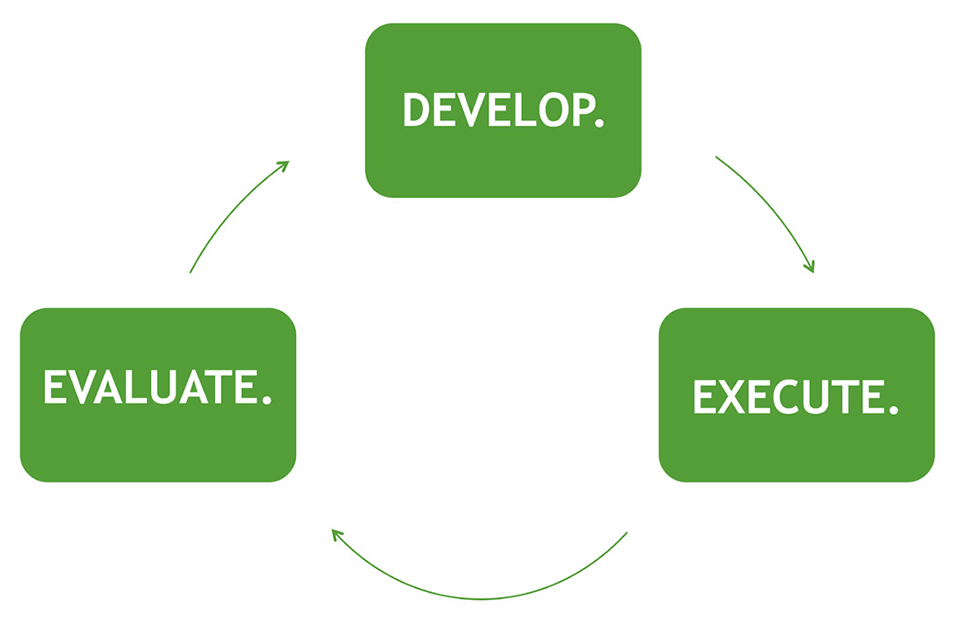
Conclusion
Through the use of this guide, we hope your businesses has a better understanding of what it means to be a sustainable businesses and you now feel confident on how to implement sustainable practices within your workplace. The application of the tools in this guide will assist your businesses in reaching its sustainability goals. And by achieving those goals, your business will benefit from the accompanied financial savings, attract more customers, and have a marketing edge over your competition.
References
- Cone Communications, & Ebiquity. (2015). 2015 cone communications/ebiquity global CSR study. Retrieved from http://www.conecomm.com/research-blog/2015-cone-communications-ebiquity-global-csr-study
- Haanaes, K., Reeves, M., Streng Velken, I., Audretsch, M., Kiron, D., & Kruschwitz, N. (2012). Sustainability nears a tipping point. MIT Sloan Management Review. Retrieved from https://sloanreview.mit.edu/projects/sustainability-nears-a-tipping-point/
- McKenzie-Mohr, D. (2011). Fostering sustainable behavior: An introduction to community-based social marketing (3rd ed.). Gabriola Island, BC, Canada: New Society Publishers.
- Rogers, E. M. (1995). Diffusion of innovations (4th ed.). New York, NY: The Free Press.
December 2018
Utah State University Extension
Peer-reviewed fact sheet
Authors
Emily Skill & Roslynn McCann
Department of Environment & Society
Related Research



